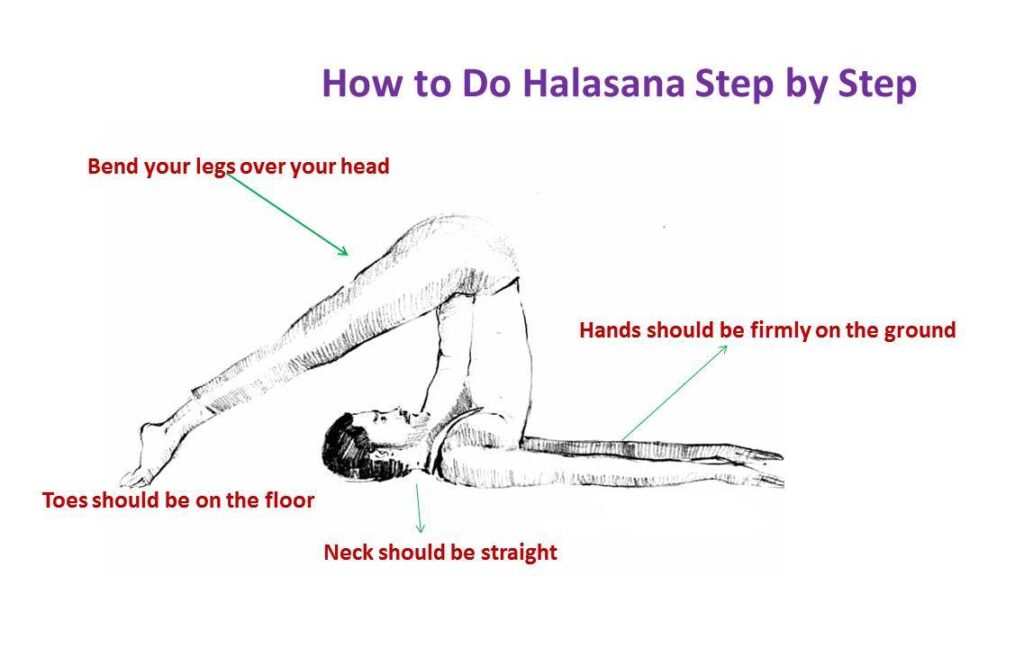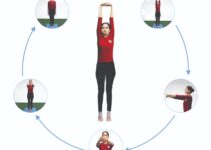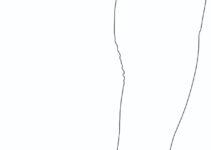What is Halasana?
Halasana is one of the essential forward-bending yoga poses associated with surprising health benefits. If we analyse Halasana, it is pronounced as “hah-LAHS-anna”, wherein Hal means ‘plough’ and asana indicates a yoga pose. In English, it is known as Plow Pose or Plough Pose. Here we will mention its scientific and traditional cum textual health benefits. However, the Plough Pose technique, precautions, contraindications, sequencing, and breathing will also be enumerated.

10 wonder benefits of Halasana (Plow pose)
- Halasana makes the entire spine supple, stretches the muscles, loosens the vertebrae, and tones the nerves inside and outside the spinal column. This leads to better efficiency of all the organs in the body.
- The plough pose helps in weight loss, especially belly fat. Practising and maintaining the yoga pose for a certain period puts adequate pressure and stretches on the abdomen. The stretching and compressing of these muscles and activating the fatty layer help to melt extra fat from this part of the body, thus ensuring the shedding of fat from the abdominal region.
- It is suitable for facial skin and complexion as blood circulation maximises during practice and ensures proper oxygenated blood flow in this region. This minimises the formation of pimples, wrinkles, and blemishes and helps to give a glow to the facial area.
- It also impacts your hair health as the hair follicles receive more oxygen due to its practice. The regular practice of the plough pose helps prevent hair fall and can play an essential role in preventing hair greying.
- It helps to make your spine supple and flexible and strengthens your back due to extra blood flow in this region. It can permanently remove backache if practised in the presence of a Yoga teacher and with proper technique.
- Since, during the practice of Halasana, the arms are entirely on the ground and straight and stretched too. Thus, if somebody has pain, cramps, or muscular and nerve issues in their hands, they are cured due to interlocking and stretching of their palms and fingers.
- People suffering from stiff shoulders, elbows, lumbago, and arthritis in the back find relief in this yoga pose.
- Pain in the stomach due to the trapping of gases is also relieved immediately by this yoga pose. Not only this, but it also enhances the digestive system’s efficiency and helps cure constipation.
- It acts like a panacea for body organs, viz., liver, kidney, and pancreas. The practice of decongesting them enhances the efficiency of these organs. Therefore, it is recommended that patients who have diabetes and liver issues should include this yoga in their routine.
- The practice of Halasana and Sarvangasana helps control high blood pressure, thus keeping one from many health conditions.
Anatomy of Halasana
If we go through the anatomy of this yoga pose, it emphasises the back, abdomen, and pelvis more. It mainly acts in the upper back and neck region.
Breathing
Halasana is a perfect gauge of how freely you can breathe. It’s one thing to have the muscular flexibility to get into the pose, but quite another to have the diaphragm and organs be free enough to remain and breathe comfortably.
Precautions
- While performing the pose, one should ensure the toes are on the floor.
- Neck should be straight.
- Hands should be firmly on the ground.
- Legs should be too straight and should come over your head.
- Try to lift the thigh bone upward.
- There should be space between the chin and chest.
Contraindication
- Diarrhea
- Glaucoma
- Spinal injury
- Neck injury





